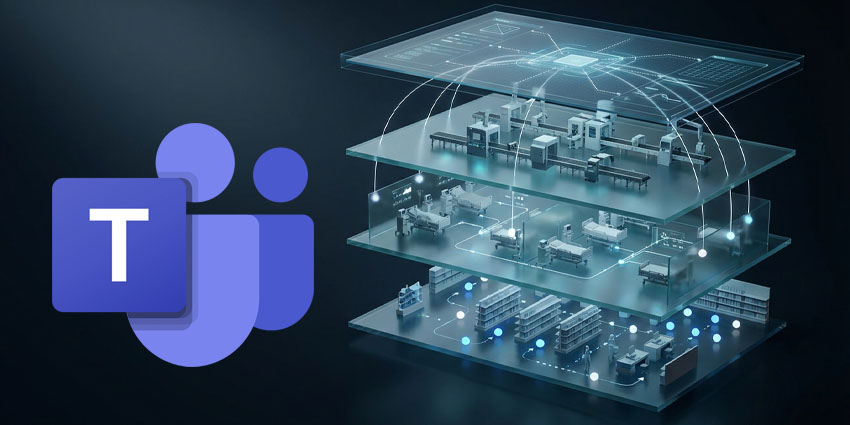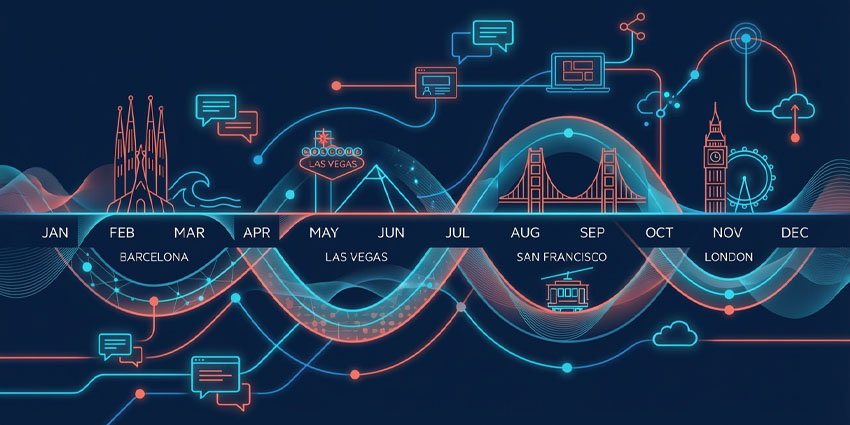Today’s IT leaders face mounting challenges in an uncertain and ever-changing digital ecosystem. As teams struggle with manual processes that introduce errors and limit growth, workflow automation has emerged as a critical solution—with monday.com leading the charge.
What began as a straightforward project management platform has metamorphosed into a comprehensive Work Operating System. monday.com now empowers organizations to build custom workflows that eliminate repetitive tasks while boosting team performance. Its standout features include intuitive no-code automation tools, seamless third-party integrations, and powerful AI-driven analytics.
For executives and IT decision-makers, embracing automation extends beyond mere efficiency gains. It’s about creating an organization that can adapt, scale, and thrive in tomorrow’s business environment. Let’s explore ten powerful workflow automation strategies that can transform your operations using monday.com’s capabilities.
- The Ultimate monday.com Guide: Everything You Need to Know
- Solving 5 Critical Hybrid Workplace Challenges with Collaborative Work Management
10 Workflow Automation Strategies for IT Leaders
Automate Project Intake and Prioritization
IT leaders can sometimes struggle with managing multiple project requests across departments. With monday.com’s automation, they can set up an intake form that automatically categorizes, prioritizes, and assigns projects based on predefined criteria, encompassing urgency, budget, and available resources. This aims to reduce manual triaging and ensure alignment with business priorities.
Streamline IT Ticketing and Incident Management
Managing IT support requests manually can lead to missed deadlines and unresolved issues. By automating IT ticketing workflows in monday.com, support requests can be automatically assigned to the right team member, categorized by priority, and escalated when necessary. Automated reminders ensure no request slips through the cracks, enhancing IT service delivery.
Automate Compliance and Security Checks
With increasing regulatory pressures, IT leaders must ensure compliance without adding administrative burdens. monday.com allows leaders to automate compliance workflows by setting up scheduled security audits, flagging potential risks, and notifying stakeholders of policy updates. This can transform compliance efforts into proactive rather than reactive ones.
Enhance Employee Onboarding and Offboarding
Manual onboarding processes can slow down productivity and exacerbate the risk of errors. Automating onboarding workflows in monday.com ensures that new hires receive the necessary credentials, training, and approvals without delays. Likewise, offboarding automation means departing employees’ accounts are quickly deactivated, preventing security risks.
Automate Approval Workflows for Faster Decision-Making
Approval bottlenecks can delay critical projects. With monday.com, IT leaders can automate multi-step approval workflows for budget requests, procurement, and policy changes. Automated triggers notify approvers, track pending requests, and escalate overdue approvals. This can escalate more rapid decision-making across departments.
- How Does ChatGPT Stack Up To monday.com, Asana and Other Work Management Tools?
- The Ultimate Guide to Collaborative Work Management: Project Management for Hybrid Teams
Optimize Software License and Subscription Management
Managing multiple software licenses manually can culminate in costly inefficiencies. With monday.com, leaders can automate license renewal reminders, track software usage, and receive alerts for underutilized subscriptions. This should improve cost efficiency and compliance with licensing agreements.
Automate Data Syncing Across Multiple Tools
Enterprises rely on myriad tools for collaboration, CRM, HR, and finance. Manual data entry between platforms leads to inconsistencies. By integrating monday.com with tools like Slack, Zoom, Google Workspace, and Salesforce, IT leaders can automate data syncing, guaranteeing that information is up-to-date across systems.
Set Up Automated Performance Reporting
Manual reporting often wastes valuable time. With monday.com’s automation, IT leaders can generate real-time dashboards that track KPIs, project statuses, and team productivity. Scheduled reports can be automatically sent to stakeholders, resulting in critical, data-driven decision-making.
Automate SLA Monitoring and Escalations
Service Level Agreements (SLAs) are critical for IT service management, but manual tracking can lead to breaches. monday.com enables IT leaders to set up automated SLA monitoring, sending alerts when deadlines are approaching and escalating unresolved issues. This will result in service commitments being addressed.
Implement AI-Powered Workflow Optimization
Finally, AI-driven automation in monday.com can analyze workflow bottlenecks, suggest efficiency improvements, and predict workload distribution for optimal resource allocation. IT leaders can leverage these insights to refine workflows and benefit from long-term productivity gains continuously.
Conclusion
Automation is no longer optional for IT leaders aspiring to drive efficiency—it’s essential. monday.com offers powerful, customizable automation capabilities that streamline workflows, enhance collaboration, and future-proof your enterprise.
Implementing these 10 automation strategies allows IT decision-makers to reduce operational overhead, enhance team performance, and gain a competitive edge.







